The Halfpenny bridge at Lechlade as we could see it from our mooring.
We left all dressed in our winter outfits, as it was cold, wet and miserable. After the rain last night the river was up about 6 inches, and we didn’t want to hang about if more rain was coming.
At St. John’s lock, the first one of the day, the self-service signs were showing, which means no lock-keeper on duty or probably today, off doing things to the weir, keeping the river flow safe.
So for the first time we had to work the lock ourselves, but the Thames locks are easy. On the Upper Thames they are manual sluices which are easy to turn, and the gates swing easily too. No problem after some of the heavy K&A locks!
These wooden footbridges are common on this part of the river, they take the Thames Path across the river where it swaps sides.
Some parts of the river were running quite fast and the lock keeper at Grafton warned us that the next bit would take us quickly down. On the way was the narrow arch of Radcot bridge to negotiate just after a bend. I was glad to let Ian steer that bit.
There are many twists and turns to the the Upper Thames and it keeps the steerer on his/her toes, no time for daydreaming here.
One of the qualifications for a Thames lockie seems to be ‘good at gardening’. They are kept very nicely, though the lock house is often rented out now and not occupied by the keepers these days. Those that are resident lock-keepers still are proud of their locks and keen not to lose their lifestyle.
At Rushey lock a new weir is being built.
We couldn’t get very close to see what was happening. Hard hats, boots, hi-viz jackets and life-jackets all needed to cross the barriers.
At Northmoor lock the old system of paddle & rhymers are used. Paddle and rhymer weirs are an ancient form of weir, recorded over many centuries, and were predominant on the River Thames. They are simple, effective and have allowed precise and delicate control of water levels by the skill of generations of weir keepers. They are manually operated and, in theory, the working parts could be made by anyone who has a basic knowledge of woodworking. They are not dependant of having an electricity supply.
We were joined by two skiffs and a canoe in several locks, they were travelling from Lechlade to Wallingford over 5 days, they were not youngsters but keeping up a good pace, catching up with us by the time the locks were ready to go in.
There are not many waterside homes along the much more remote and lonely stretches of the river. Some are of the seaside holiday home style, whilst some newer developments have a more sophisticated appeal. Ian longs to have a wood and tin place to call home…….I’m not so sure.
Despite the weather, we have seen lots of these little fellas out and about. We spotted our first cygnets, little grey balls of fluff cuddled up to mum, so didn’t get a photo, will have to keep trying.
And flying all round us, swooping low, catching insects and drinking from the river, the swallows have been so busy.
Our first plan was to stop on the river one more night, but about 4 o’clock the sun came out, making our journey so much more pleasant we just carried on and got back to Oxford. Now we are once again on the calm waters of the canal, looking forward to the lovely South Oxford over the next few days.
Lechlade – Oxford, 27 miles, 12 locks


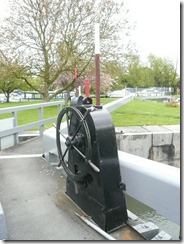
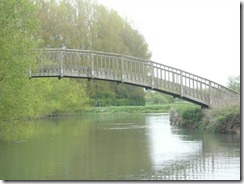
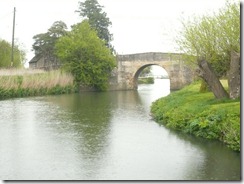
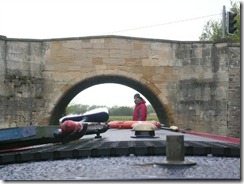
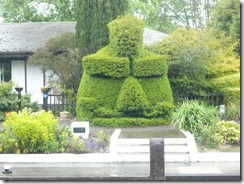


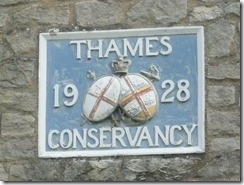
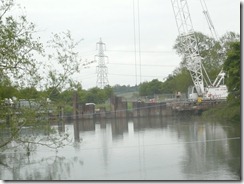
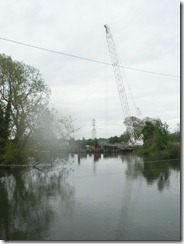
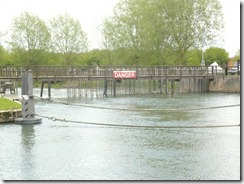
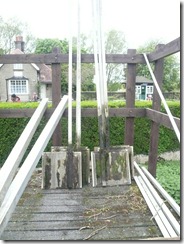

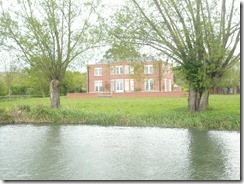
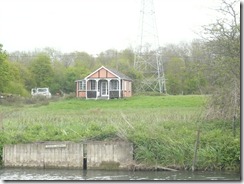
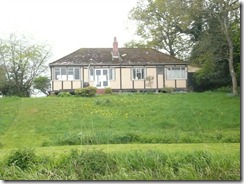
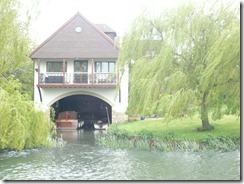

No comments:
Post a Comment